When the first contact with the phase voltage, line voltage, phase current, and line current, the words "é‘é…éé‰" screamed out from the depths of memory. What are they?
The first time I knew that "é‘é…éé‰" was on the high school language test paper. At that time, my mind suddenly appeared: What are these four ghosts? After graduating from high school, these four ghosts were gradually forgotten... until after the first contact with the phase voltage, line voltage, phase current, and line current, the "small charm" slammed out from the depths of memory. The 10,000 points of injury that year was back, and if you don't believe it, you can feel the following language test, as shown in Figure 1.
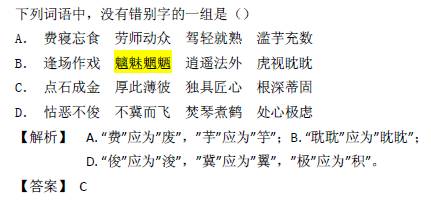
Figure 1 "è¯æ–‡é…éé‰" related language questions
In order to heal the 10,000 points of damage in the heart, Xiao Bian decided to sort out what is the phase voltage, line voltage, phase current, line current, in order to solve the doubts in the heart, let me introduce it to you.
The electricity comes out of the generator. Everyone knows that the power plant is basically using three-phase generators. The following figure is a cut-off view of the synchronous three-phase generator, as shown in Figure 2.
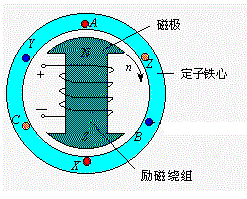
Figure 2 Cutaway view of a three-phase generator
In the above figure, the stator core is fixed and does not rotate. Three identical coils of A, B and C are embedded in the stator, and the magnetic poles inside are rotated by the prime mover (such as steam turbine and water turbine), and the magnetic induction line is cut when the magnetic pole rotates. Electricity is generated in the A, B, and C coils.
Most of our current low-voltage power supply systems use three-phase four-wire power supply. First, we draw a power line from each of the A, B, and C coils. These three are the hot wires that we usually say, and then connect the ends of the A, B, and C coils. Together, it becomes a common endpoint. The transmission line drawn from this common point is called the neutral line (here denoted by N); the neutral line is usually connected to the earth, and the neutral point of the ground is called zero point, and the ground is in the middle. The sex line is called the zero line, and the voltage of the neutral line to ground is equal to zero.
When the three-phase load is connected to the three-phase power supply system, there are two ways of star connection (also becoming a Y-connection) and triangle connection, as shown in Figure 3 and Figure 4.
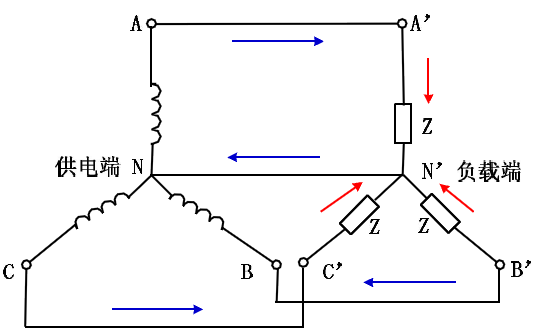
Figure 3 Star wiring
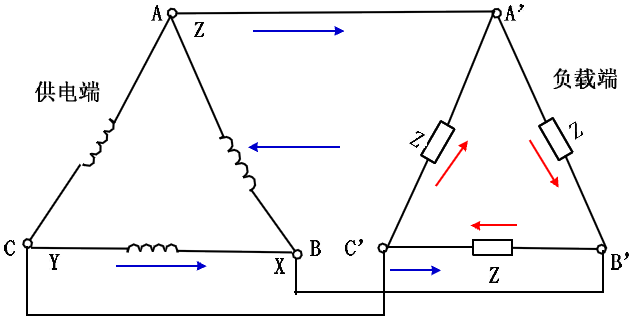
Figure 4 Delta wiring
Phase voltage: The voltage between the live and neutral lines is the phase voltage. For example, the voltage between the star connection is the phase voltage. In the delta connection, there is no phase voltage because there is no neutral.
Line voltage: The voltage between the live line and the live line is the line voltage. The voltage between the star connection and the delta connection is the line voltage.
Phase current: The current flowing through each load is the phase current. For example, the current represented by the red arrow in the star connection mode and the delta connection mode is the phase current.
Line current: The current flowing through the output line of the power supply is the line current. For example, the current represented by the blue arrow in the star connection mode and the delta connection mode is the phase current.
After the above introduction, I believe that everyone basically understands how the phase voltage, line voltage, phase current, and line current are going on. Then the question comes. What are the four voltages and currents that have to do with us?
In fact, in a system without a centerline, it is basically considered that there is no phase voltage, because we can't know where the true "neutral point" is. Most of the test instruments are based on the line voltage when calculating the total power of the three-phase power. And phase current calculation, as shown below:
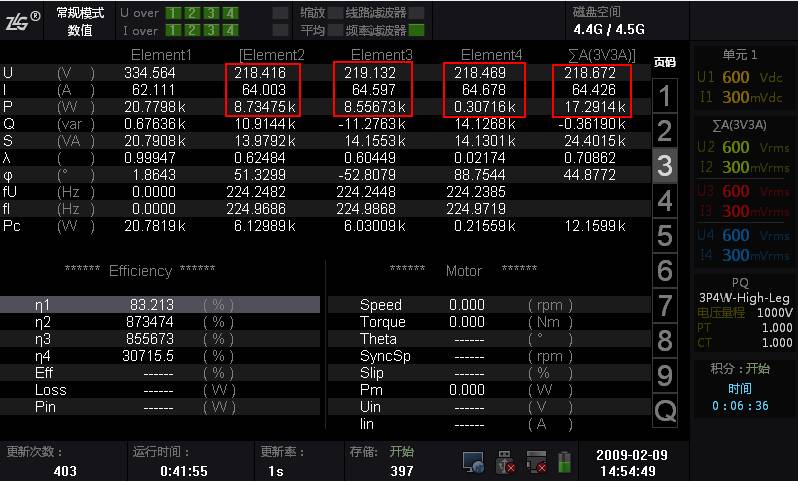
This also means that the single-phase power in three-phase power is meaningless. In the figure above, only 17.2914K of total power is a meaningful parameter, among which "8.73475K", "8.55673K" and "0.30716K" Both are intermediate variables and do not represent the power of a single phase, which has no practical significance.
to sum up
Phase voltage, line voltage, phase current, and line current are literally difficult to distinguish. It is easy to understand after actually understanding their physical meanings. In actual tests, it is also necessary to know what system is tested and which parameters are meaningful. Finally, the power analyzer can be used to accurately measure.
Offline
Compact size
Intelligent CPU Control
Boost and buck AVR for voltage stabilization
Off model charging
cold start function
Auto restart while AC is recovering
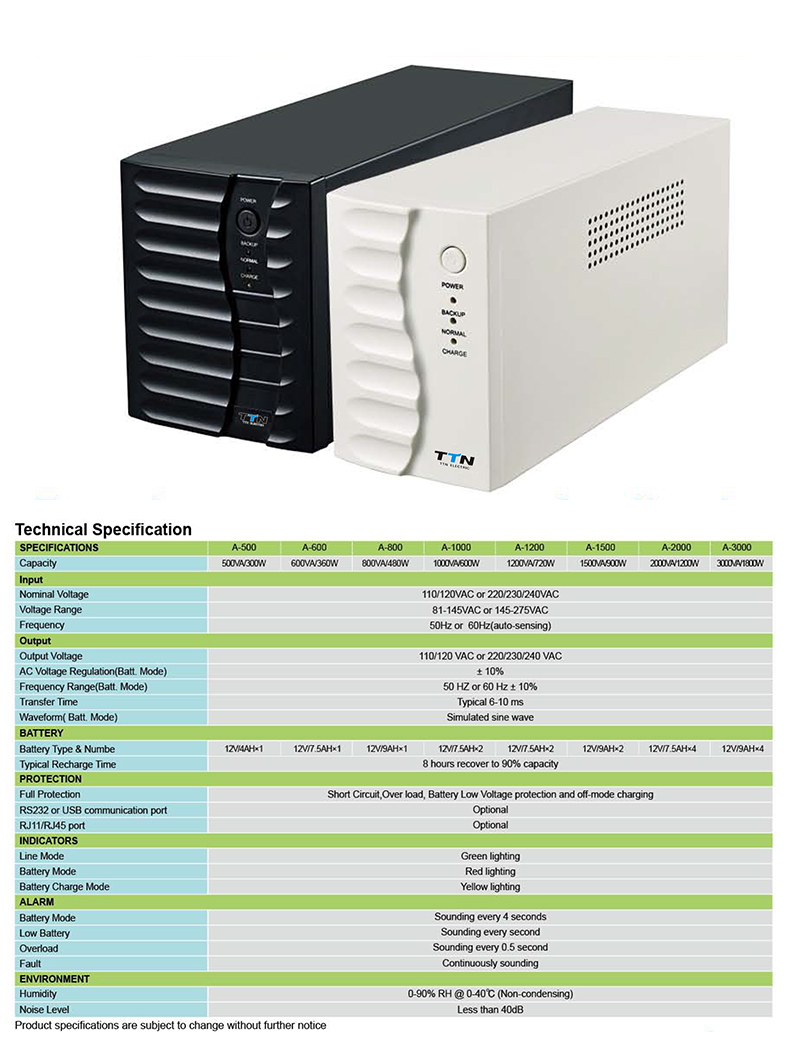
Offline Ups,Apc Offline Ups,Offline Ups For Home,600Va Offline Ups
zhejiang ttn electric co.,ltd , https://www.ttnpower.com